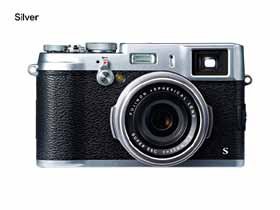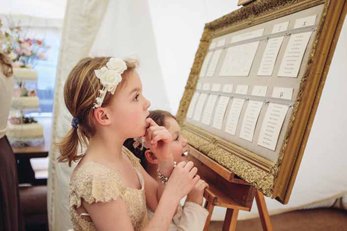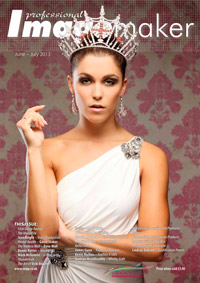articles/Review/x100s-page1
The Fujifilm X100S Review - part 1 of 1 2 3
by Kevin Mullins Published 01/06/2013

Every now and then a camera comes along that makes you sit up and take notice. The Fujifilm X100S is one of those cameras.
I have been using the Fuji range of X-Trans cameras professionally and personally for the last four years or so and I've been somewhat evangelical about each version.
It started with the X100, and progressed to the fantastic X-Pro1 and X-E1 range of interchangeable lens cameras. The X100 was a wonderfully retro-centric, range-finderesque, prosumer camera that offered a glimpse of technical marvelousness combined with gorgeous looks and more importantly amazing image quality (that's a little over-evangelical Mullins! - Ed.) And so, a couple of years later Fujifilm released the tantalising X100S which for all intents and purposes looks, feels and handles very similarly to the X100. The exceptional differences, however, are greatly enhanced AF, amazing MF features and a neatly recompiled camera that seems to transcend, effortlessly, the feats that the original X100 achieved.
Handling and Build
The camera is built and handles very similarly to the original X100, however, under the hood it is a very different camera.
I'm a professional photographer and most Saturdays I spend my time photographing weddings. I took the X100S to some weddings but I think where a majority of people will see the benefit of this camera is as a 'go-to' camera that produces amazing professional-quality images. For family photographs, travel and street photography I can't see me using much more than this camera going forward.

It's simple, pick the camera up and shoot. Without disrespecting DSLRs too much, I simply wouldn't have done that with my big cameras. To a certain extent even the X-Pro1 makes me think about lens choices, etc as I'm reaching for it. But the absolute beauty of the X100S is that there are no decisions to be made. It's a fixed lens - the decisions are at the behest of your creativity alone.
Fuji have introduced the seemly ubiquitous 'Q Button' to the camera which actually makes shooting and setting exposure a breeze. The buttons are still a little fiddly for my big fingers but have been improved over the previous model.
Notably, the AF selection button is now at the top of the back dial. This is great as you can very quickly move your AF point across the frame. Perfect for those who don't re-compose and shoot.
The dials are more rigid and I haven't once knocked my exposure compensation dial, something I do all the time with my X100 and also do with my X-Pro1.
You are currently on page 1 Contact Kevin Mullins
1st Published 01/06/2013
last update 09/12/2022 15:00:32
More Review Articles
There are 0 days to get ready for The Society of Photographers Convention and Trade Show at The Novotel London West, Hammersmith ...
which starts on Wednesday 15th January 2025





